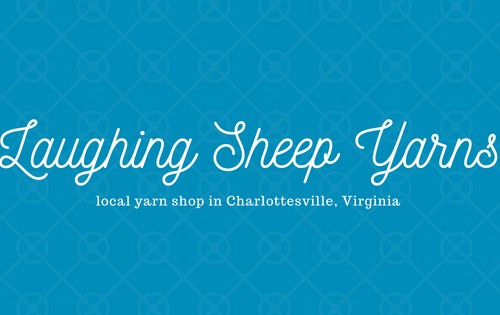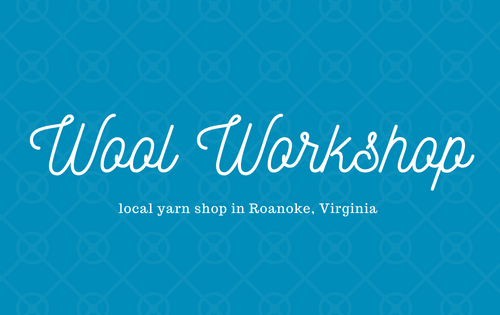Polyhedron Cowl [Knitting Pattern]
A polyhedron is a three-dimensional shape made of polygons. This polyhedron is no different. The Polyhedron Cowl knitting pattern is worked in contrasting colors and turns triangles into a circle. That is, the pattern uses bold geometric shapes to make a soft, round cowl.
Download PDF | Add to Ravelry Queue | Pin on Pinterest


About the Polyhedron Cowl
Polyhedron is a double-knit cowl worked in two iridescent colors. It is completely reversible.
The kink of the yarn and sparkle of its fiber are both quite forgiving for beginners who are diving into double-knitting for the first time.
To view our terms of use for all knitting and crochet patterns, see our Terms of Service.
Materials
Recommended Yarns:
1 skein of Lion Brand Shawl in a Ball yarn in Lotus Blossom
1 skein of Lion Brand Shawl in a Ball yarn in Opal
May substitute medium weight yarn of choice – 2 colorways, 175 yd each
Needles:
US #8/5.00 mm (24″ circular)
Notions:
finishing needle
Notes
Size:
28″ around x 8″ tall
Gauge:
20 sts x 28 rows = 4″ x 4″
in double-knit Stockinette stitch
Matching gauge exactly is not essential for this project.
Abbreviations
BO – bind off
CO – cast on
k – knit
p – purl
st(s) – stitch(es)

Skills Required
This double-knit cowl is worked in the round. Knitters should be familiar with the basics of double knitting, including setting up double-knit stitches, knitting, purling, changing colors, and binding off double-knit stitches.
This cowl can be modified to a single-knit accessory by casting on half as many stitches. Knitters who choose this modification will need to be familiar with stranded colorwork, particularly catching long floats. (The single-knit version is not reversible.)
Pattern
Polyhedron is worked in the round from the bottom up.
Setup
With Color A, CO 192 sts for double knitting in the round. You will have 96 sts per side (front/back or inside/outside, however you choose to view it). If you’re using stitch markers, place them at the beginning/end of the round and at the midpoint.


Polyhedron Cowl Written Pattern
Each stitch in the pattern represents a knit stitch in the indicated color and a purl stitch in the other color on the reverse side of the fabric.
Working in the round, use Color A (Opal) and Color B (Lotus Blossom) to work the stitches as follows. Work each set of instructions twice per round.
Round 1 – k15, k8, k1, k8, k31, k8, k1, k8, k16
Round 2 – k2, k13, k1, k7, k1, k7, k1, k13, k3
Round 3 – k1, k1, k2, k11, k1, k7, k1, k7, k1, k11, k2, k1, k2
Round 4 – k1, k1, k2, k2, k10, k1, k6, k1, k6, k1, k10, k2, k2, k1, k1, k1
Round 5 – k2, k1, k3, k2, k8, k1, k6, k1, k6, k1, k8, k2, k3, k1, k2, k1
Round 6 – k2, k1, k5, k1, k8, k1, k5, k1, k5, k1, k8, k1, k5, k1, k2, k1
Round 7 – k3, k1, k5, k2, k7, k1, k4, k1, k4, k1, k7, k2, k5, k1, k2, k1
Round 8 – k4, k1, k6, k2, k5, k1, k4, k1, k4, k1, k5, k2, k6, k1, k4, k1
Round 9 – k4, k1, k8, k1, k5, k1, k3, k1, k3, k1, k5, k1, k8, k1, k4, k1
Round 10 – k5, k1, k8, k2, k4, k1, k2, k1, k2, k1, k4, k2, k8, k1, k5, k1
Round 11 – k6, k1, k9, k2, k2, k1, k2, k1, k2, k1, k2, k2, k9, k1, k6, k1
Round 12 – k6, k1, k11, k2, k1, k1, k1, k1, k1, k1, k1, k2, k11, k1, k6, k1
Round 13 – k7, k1, k12, k7, k12, k1, k7, k1
Round 14 – k7, k1, k14, k3, k14, k1, k7, k1
Round 15 – k8, k31, k8, k1
Round 16 – work as Round 14
Round 17 – work as Round 13
Round 18 – work as Round 12
Round 19 – work as Round 11
Round 20 – work as Round 10
Round 21 – work as Round 9
Round 22 – work as Round 8
Round 23 – work as Round 7
Round 24 – work as Round 6
Round 25 – work as Round 5
Round 26 – work as Round 4
Round 27 – work as Round 3
Round 28 – work as Round 2
Repeat Rounds 1 to 28 once (56 rounds total).
BO all sts.

Polyhedron Cowl Chart
Each row of the chart must be worked twice on each round of knitting.
Each stitch on the chart represents a knit stitch in the indicated color and a purl stitch in the other color on the reverse side of the fabric.
Light boxes represent Opal and and dark boxes represent Lotus Blossom.

Work Rows 1 to 28 twice, then work Row 1 once more.
BO all sts.
Finishing
Weave in ends. Block lightly if desired.
Download PDF | Add to Ravelry Queue | Pin on Pinterest






